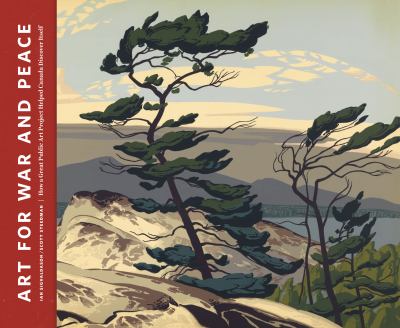
print
|
Art for war and peace : how a great public art project helped Canada discover itself
Copies
2 Total copies, 2 Copies are in,
0 Copies are out.
Authors
Subjects
Language
English
Dimensions
25 x 30 cm.







